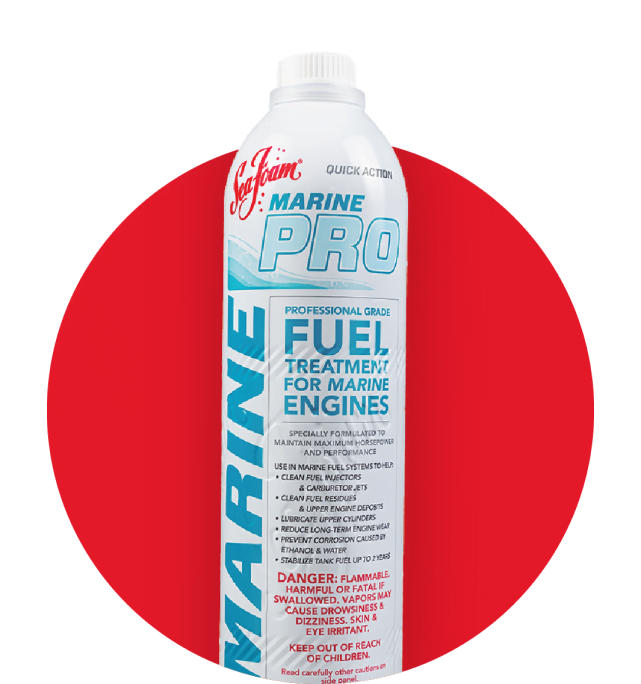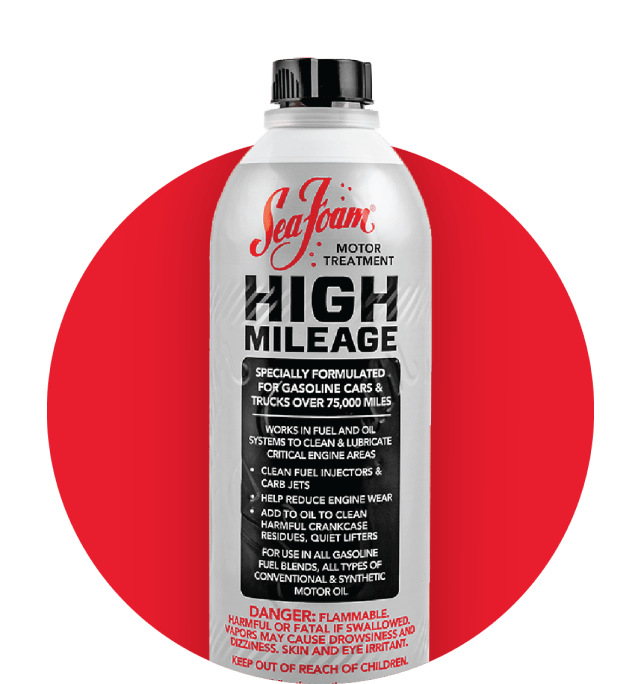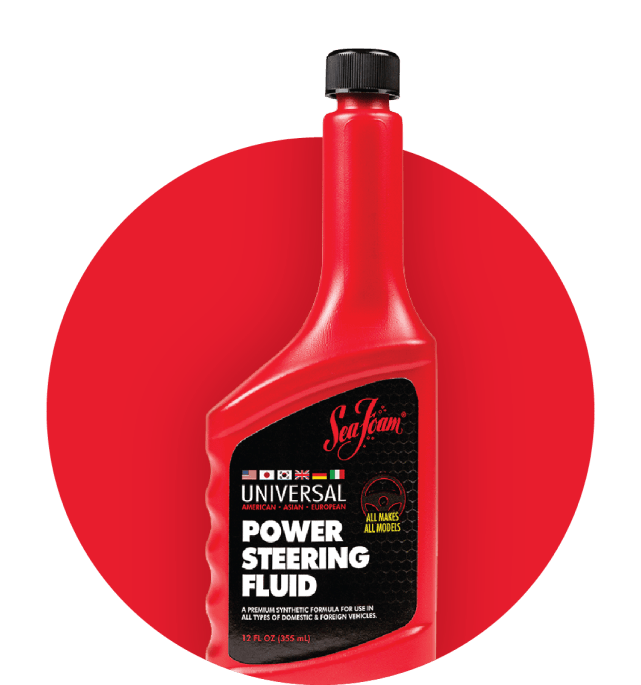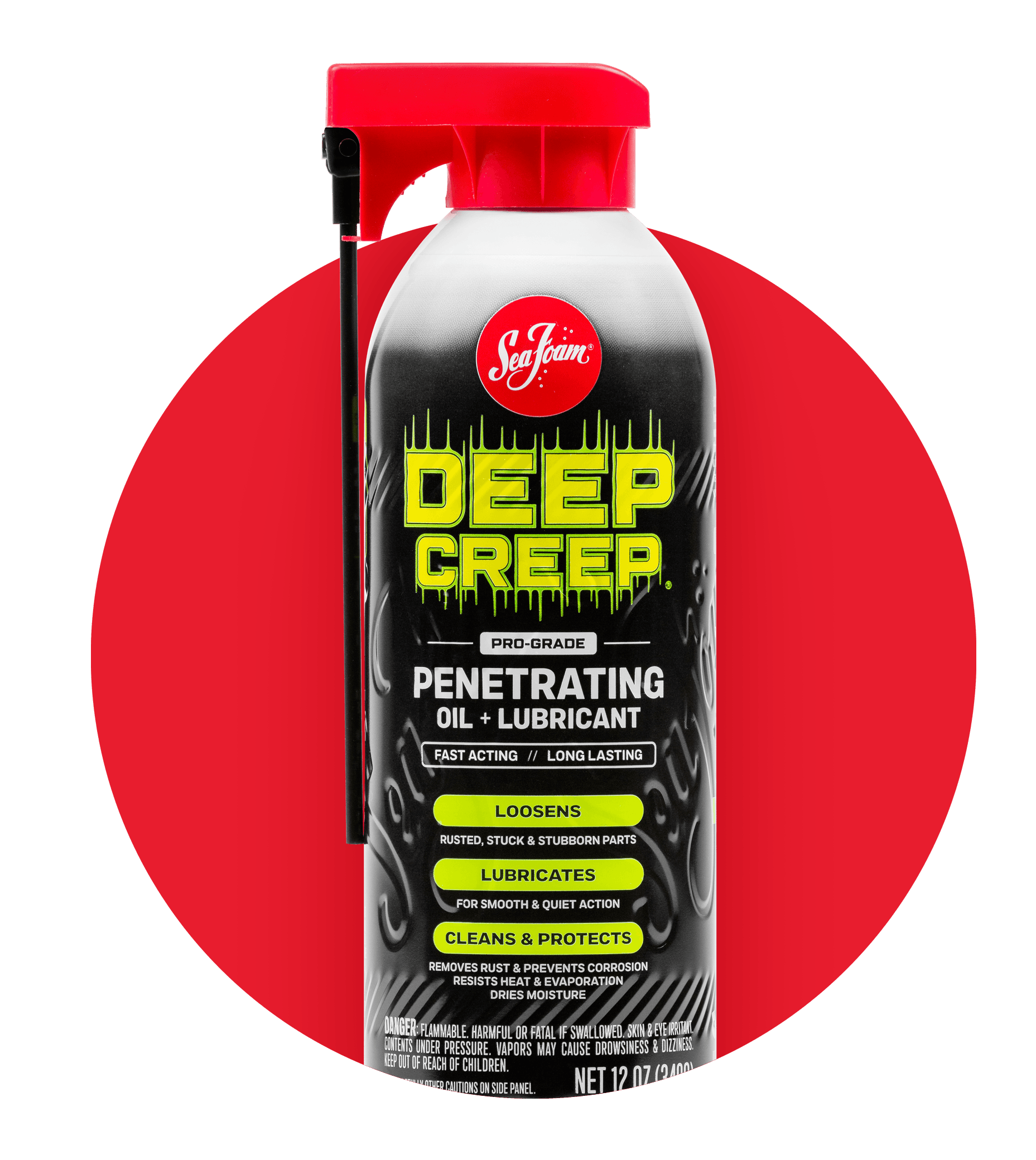HOW TO STORE A BOAT WITH SEA FOAM MARINE PRO
Without regular use, outboard motors are susceptible to degrading fuel and even corrosion within the upper cylinder walls themselves.
Fuel issues are the #1 cause of engine problems after seasonal storage. Fuel that is left untreated can lead to varnish buildup, clogged injectors, deteriorating gaskets and other problems, not to mention that fuel left sitting for long periods of time loses its ignition vapor and overall potency. Hard starts, rough idle and even engine stalls can result from bad fuel.
sea foam marine pro
Before your boat is put away for storage, it’s important to follow a few steps to keep it in good shape for the next time you get out on the water.
Add at least 1 oz of Marine PRO per gallon in the tank. For best results, run the tank down until there’s about a quarter tank of fuel left, and add an entire 20 oz can of Marine PRO.
Run the engine long enough for the treatment to work through the entire fuel system (about 5-10 minutes of idling).
From there, you can either store your boat with the fuel tank partially empty or full. Marine PRO will stabilize your fuel for up to two years.
With the engine running, insert Sea Foam Spray straw (cut if needed) into intake throat (carburetor) or directly before throttle plate opening (fuel injection).
Spray a series of 3 to 5 bursts, then a final direct stream while shutting off the engine.
After fogging the intake, allow engine to cool and remove spark plugs.
Then, insert Deep Creep (or Sea Foam Spray) straw, and spray each cylinder cavity.
Before re-inserting spark plugs, crank engine to rotate pistons.
How marine pro protects your boat during storage
Marine PRO works to prevent the formation of harmful gum and varnish and adds protective lubricity to the entire fuel system during seasonal storage. Marine PRO also preserves ignition vapors and stabilizes fuel up to two years.
#seafoamworks
related
products
For motors of all shapes and sizes.




